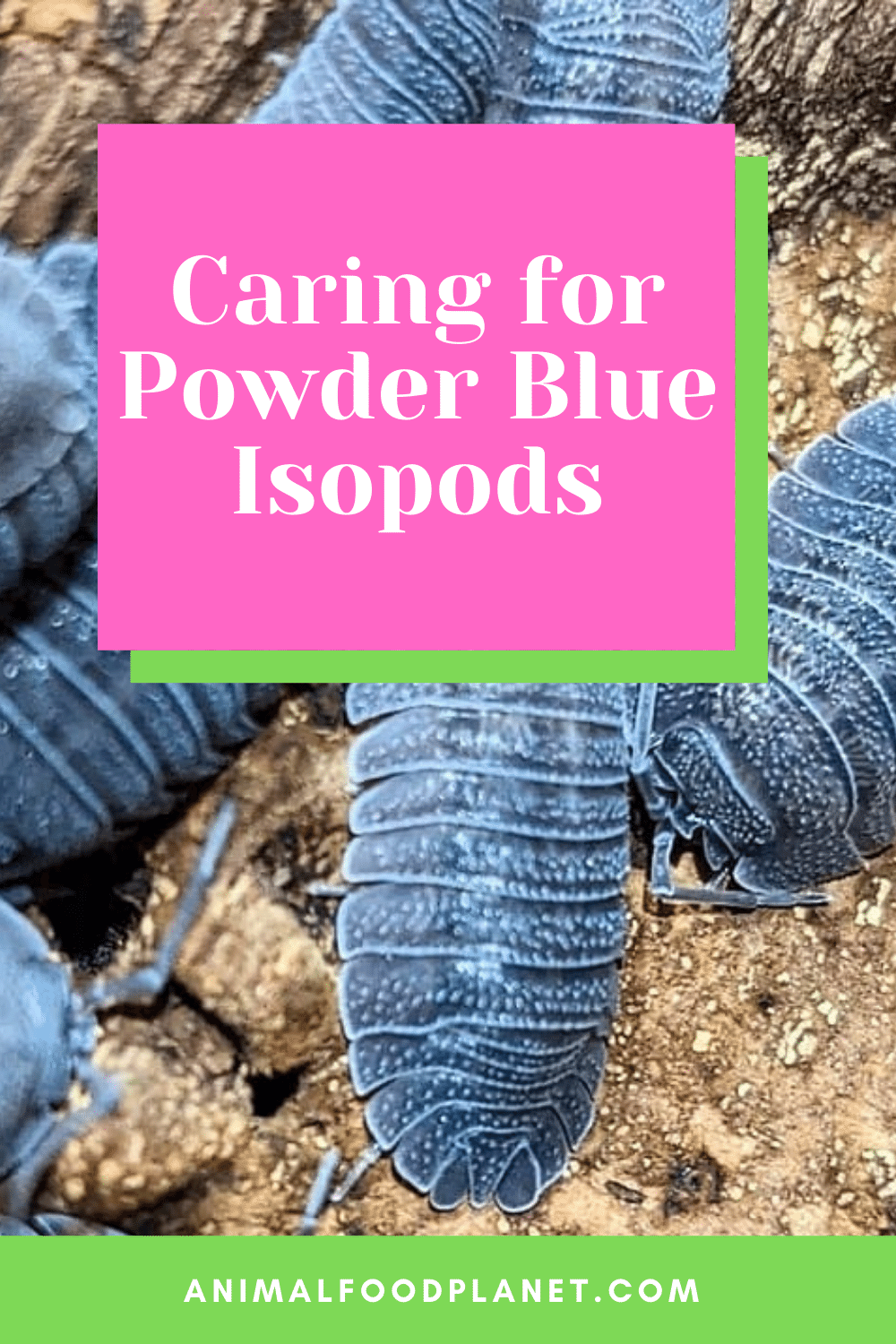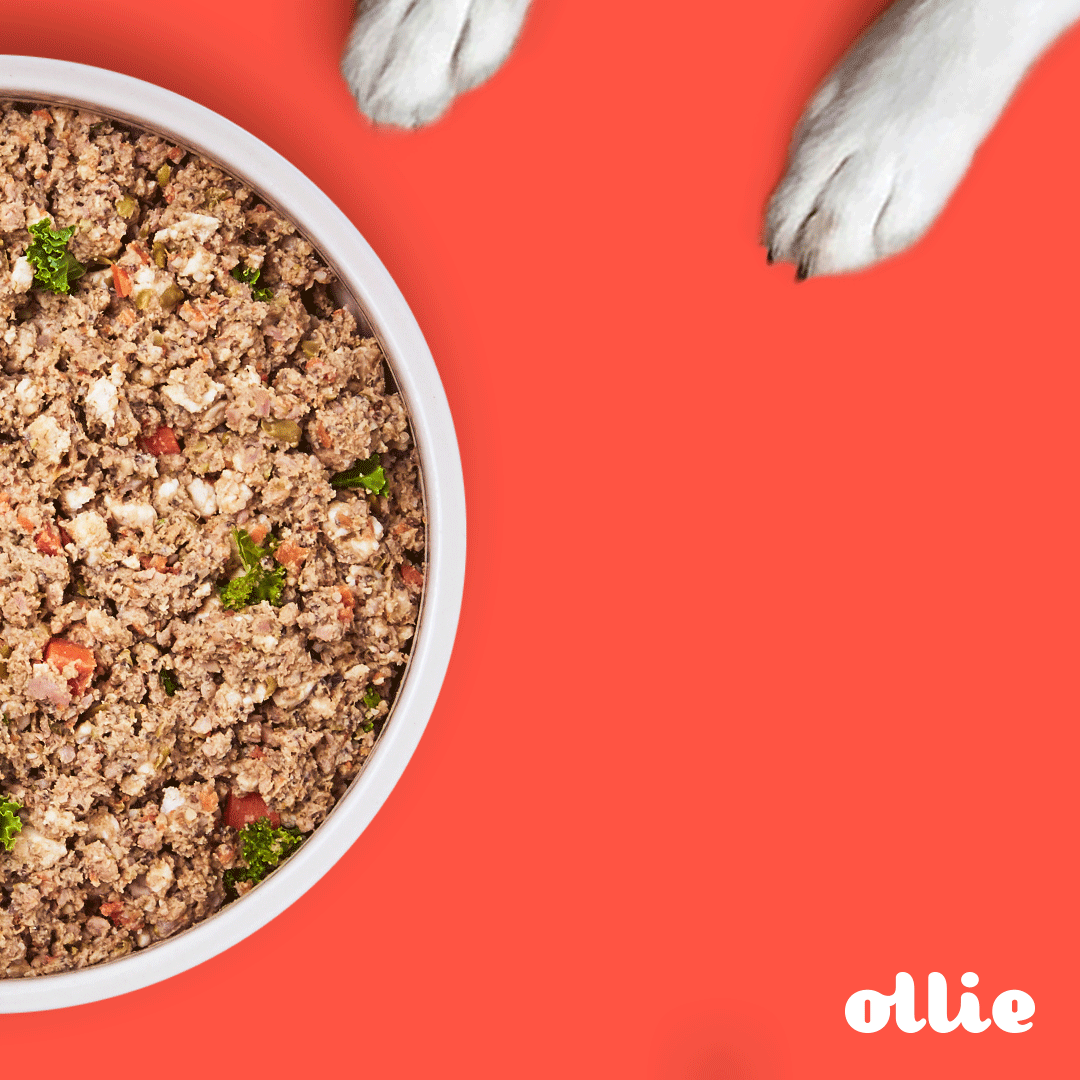This article is about Powder Blue isopods care (Porcellionides pruinosus). Powder Blue isopods are highly active and among the biggest creatures of the Isopoda family. People like to breed them for various reasons, like keeping the environment clean.
They consume a wide range of things, from pet feces to plant or leaf litter. Additionally, Powder Blue isopods serve as sources of nutrients for plants.
Their excreta is consumed by the plants in the environment, which helps them grow and stay healthy. Moreover, they are excellent feed for reptiles like lizards and even amphibians.
Best of all, these isopods make for a great pet as it is a pleasure to see them play around. Fortunately, they are also suitable for beginner breeders and require less care.
I’ll help you in finding out how to take care of your Blue Powder isopods through this guide. You will gain information about vital things like enclosure and substrate to use.
The guide will also cover how to breed Blue Powder isopods and other relevant questions.
Powder Blue Isopods Care
Powder Blue isopods are voracious eaters and clean through dead plant material and litter. They are also easy to keep in moist and well-ventilated enclosures. The ideal environment would have humidity around 80% to 90%, low-light conditions, and temperatures of 70-85 degrees Fahrenheit.

Caring for Powder Blue Isopods Photo Credit: @feedershack on Instagram!
Powder Blue Isopods Care Guide
Common Size of Powder Blue Isopods
As noted earlier, Powder Blue isopods can grow to big sizes. They can become around 1 cm or about half an inch when adult.
Among isopods, they are taken as medium-sized. As a result, you can watch them for hours and enjoy having them as your pets.
You may not be able to see these isopods with your naked eyes when they are born. With time, they grow in size.
However, keep in mind that Powder Blue isopods can multiply very quickly. As a result, your environment can become full of these creatures.
This should be an important consideration when you select the habitat or enclosure for these isopods. They appear bluish, which gives them their name.
However, in humid climates, they may take on an orange tinge. Yet, you shouldn’t mistake them for Orange Powder isopods. They are different types of isopods and appear different.
The Lifespan of Powder Blue Isopods
Isopods, in general, may live 2 to 4 years. However, isopods that become big tend to die earlier.
Powder Blue isopods have a similar lifespan of 3 to 4 years. They can live longer if they’re in the right living conditions and environment.
However, even with good care, some of them may perish without any explanation. This is a general tendency of isopods, and you cannot do anything to change it.
Difficulty Level
Powder Blue isopods are highly adaptable. You can take care of them easily, even if you are a novice.
Additionally, they thrive in moist environments once you fulfill a few requirements, like humidity and temperature.
Moreover, you won’t have to worry about food, as Power Blues eat dead plants and leaves.
Enclosure for Powder Blue Isopods
Powder Blue isopods survive well in terrarium/vivarium environments. However, you can also keep them in most containers you would find around the home.
For example, a shoebox or a plastic lunch box is suitable enclosures to keep these isopods. However, Powder Blues need a well-ventilated enclosure.
Therefore, be ready to make holes in the box you choose to keep your isopods. Please note that small holes make way for better ventilation.
Additionally, they allow the air to move around in the container and keep your isopods happy. Moreover, small holes make it less likely for your isopods to find a way out of the enclosure.
In addition, you would want to maintain a good humidity level. Powder Blue isopods can reproduce faster than many animals.
So, you may have to consider getting another box or a bigger one in the future.

Keep Them In Moist Containers
Substrate for Powder Blue Isopods
The substrate for Powder Blue isopods should be able to sustain a bioactive environment. It should also be able to hold in the moisture to keep the isopods healthy.
Therefore, you may have to create 2 to 3 layers of substrate for Powder Blue isopods.
The base layer of the enclosure may be 2 to 3 inches tall. You can create the base layer by mixing equal amounts of:
- Peat moss
- Coconut fiber
You would also want to moisten the layer. However, refrain from submerging the whole substrate in water.
Now, the top layer should provide feed and a living environment for Powder Blues. You can make the layer with dead leaf matter from maple or oak trees.
In addition, you may mix wood or bark from the same trees.

Substrate
Temperature for Powder Blue Isopods
Powder Blue isopods thrive between temperatures of 70 to 85 degrees F (21 to 27 degrees C). This temperature range is available in most homes.
Therefore, you won’t need to arrange anything extra to maintain the temperature.
However, put the enclosure in a warm area of your residence if you live in colder temperatures. If needed, you can also use a warm mat under the box to attain the required temperature range.
Humidity for Powder Blue Isopods
You should try to achieve a humidity level of 50% or more to keep Powder Blue isopods. However, it is best to maintain humidity levels of 80% to 90%.
Most importantly, the substrate and top layer should always be humid or moist.
Most people won’t be able to maintain the required humidity level in their homes. However, spray some water into the enclosure from time to time if you live in arid conditions.
Be careful so that the habitat doesn’t become too dry.

Top Layer Should Always Be Humid Or Moist
Best Diet for Powder Blue Isopods
Powder Blue isopods are ready to eat anything you throw at them. However, they survive on dead and rotten plant materials in wild environments.
In addition, these isopods consume dead and decaying insects and bugs.
In bioactive environments, Powder Blue isopods will derive the food from organic matter. So, you will need to feed your isopods less frequently.
Reduce the feeding frequency to just a few times weekly for isolated cultures.
In addition, wait till the isopods consume all the food in the enclosure before putting in new food.

Isopod’s Diet Are Dead and Rotten Plant
The list of food for isopods includes many things that are available in the kitchen. You can feed these isopods small bits of vegetables and fruits.
However, some people prefer to feed vegetables as fruits may invite other pests.
Moreover, Powder Blue isopods eat fish pellets and flakes. You may also add wood and tree bark to the list.
In addition, you may feed leaf or plant litter to Powder Blue isopods.
Hence, you’ll have to fulfill the isopod’s nutritional requirements. They also require protein, which can come from animal sources only.
Therefore, feed Powder Blue isopods fish flakes or similar foods from time to time. You may also try feeding unwanted meat parts and scrapings.
Additionally, these isopods prefer to consume mold and fungus. You can even feed brewer’s yeast to these creatures.
However, never overfeed Powder Blue isopods. Take more precautions in setup environments with ample decaying material.
Such conditions don’t need you to feed these isopods too often. Just ensure there is enough decaying material.

Isopods Prefer To Consume Mold and Fungus
Breeding Powder Blue Isopods
Breeding Powder Blue isopods are pretty simple. They multiply quite fast and don’t need much attention to reproduce.
Just ensure they’re receiving the right conditions to live in.
Powder Blue isopods are available in male and female genders for them to mate and carry on the reproduction process.
You need to introduce both genders in your enclosure and wait for the isopods to mate. Keep the temperature and humidity levels optimum to facilitate breeding.
In addition, ensure there is enough food for the isopods during the whole time. Take care to maintain the moisture level in the substrate too.
Ramping up the heating a bit is also another option. Powder Blue isopods multiply faster and thrive better in warm conditions.
Female Powder Blue isopods lay numerous eggs after they mate with male isopods. After that, they carry these eggs in a tiny pouch under the body.
The eggs will require around 3 to 4 weeks to mature and hatch. You should keep maintaining the right conditions during this time to help the eggs develop.
Next, tiny isopods come out after some days after the eggs hatch. They are completely formed at this stage.
However, they are still not fully visible with naked eyes. Hence, wait for a few days before they turn big enough to be seen.
If you are doing a culture, you will need a few weeks to breed these isopods.
Powder Blue isopods can mate and reproduce even before they grow to their full sizes. Female isopods become ready to reproduce after 6 months of being born.
They generally hatch up to 400 eggs during the whole of her life.
You don’t need to do much after the two genders of Powder Blue isopods are introduced in the enclosure. They will breed by themselves and give rise to a colony over time.
For this reason, many environments do not need the active breeding of these isopods.
That being said, Powder Blue isopods are simple to breed. So, they are a good choice for beginners to try their hands at caring for and breeding species from the Isopoda family.
Buy both male and female Powder Blue isopods to start breeding your colony.

Powder Blue Isopods Multiply Faster And Thrive Better In Warm Conditions Photo Credit: @feedershack on Instagram!
Frequently Asked Questions About Powder Blue Isopods
How can you care for Powder Blue isopods?
When caring for Powder Blue isopods, make sure their enclosure’s warm and humid. Additionally, provide leaf litter and vegetable cuttings for food.
How big do Powder Blue isopods grow?
The biggest among Powder Blue isopods can grow to about half an inch. They are considered medium-sized isopods among the Isopoda family.
What should you feed Powder Blue isopods?
Powder Blue isopods can feed on decaying plant materials. You may also feed them fish pellets, small pieces of vegetables or fruits, and tree bark.
Conclusion About Powder Blue Isopods Care
Powder Blue isopods are good as pets or food for your pets. They live well in hot and humid environments with ample decaying organic materials.
These isopods are easy to breed and suit even beginners. You need to get a container the size of a shoebox and make it well-ventilated.
Powder Blue isopods breed quickly and don’t need much attention. In addition, they can maintain their colony if they get the right living conditions.


